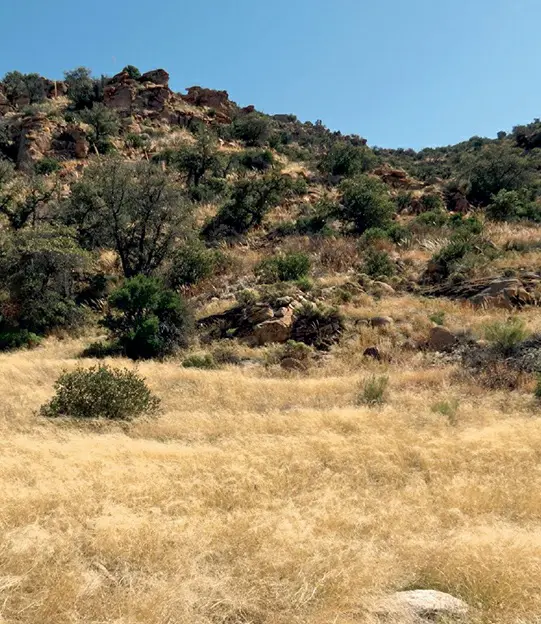Grasslands, characterized by a dominance of grasses, are vital ecological regions with over 12,000 grass species worldwide. These landscapes flourish in areas receiving moderate rainfall, typically between 600 to 1,500 millimeters annually, and with mean annual temperatures ranging from −5° to 20°C. Grasslands thrive due to specific environmental conditions that limit the growth of woody plants, such as susceptibility to wildfires and soil compositions unsuitable for most trees.
A unique subset of these ecosystems is the chaparral, found in Mediterranean climates like southern California. Chaparral regions, characterized by drought-tolerant shrubs and grasses, also exist in Chile, South Africa, Western Australia, and Mediterranean areas. These environments experience winter rains, summer droughts, and occasional wildfires, thriving in calcium-rich, limestone-dominated soils.
Historically, humans have often transformed chaparral and similar shrublands into grasslands for agriculture and grazing. However, increasing droughts are naturally converting more chaparral into grasslands. This transformation poses ecological risks, including loss of biodiversity, displacement of native species, and heightened susceptibility to widespread wildfires and soil erosion.
In response to these environmental concerns, organizations like the California Chaparral Institute, established in 2004, are working to raise awareness about the importance of grasslands and shrublands. Their efforts focus on educating the public and governments about these ecosystems’ roles in maintaining global ecological balance and advocating for their preservation.

